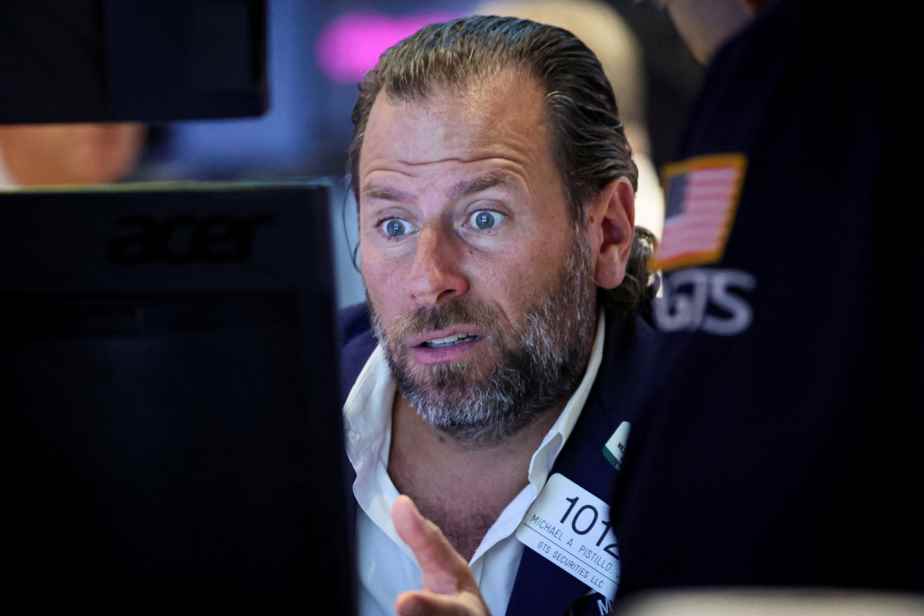(New York) The New York Stock Exchange ended sharply lower on Tuesday, in a market devastated by a higher-than-expected US inflation indicator, which dampened the optimism of recent days and suggests further monetary tightening more brutal than expected.
Updated yesterday at 4:14 p.m.
The Dow Jones fell 3.94%, the NASDAQ index 5.16% and the broader S&P 500 index 4.32%. This is the worst NASDAQ session since mid-June.
The Toronto Stock Exchange retreated more than 300 points. The Toronto floor’s S&P/TSX Composite Index returned 341.83 points to 19,645.40 points.
“It was a crazy day,” commented Greg Bassuk of AXS Investments.
The indices were pushed into the red by the publication of the CPI price index which revealed a slight rise of 0.1% in prices in August, against a fall of 0.1% expected by economists. Over one year, inflation slowed to 8.3%, but less than the 8.0% anticipated by the market.
“The markets were shaken by this poor CPI and responded accordingly,” said Cliff Hodge of Cornerstone Wealth.
For Edward Moya, of Oanda, investors fear “having been too optimistic in predicting the end of the Fed’s monetary tightening cycle” (US central bank).
“The market sees inflation going in the wrong direction, which would force the Fed to maintain its offensive posture, or even to go even further,” observed Quincy Krosby of LPL Financial.
Operators are now going so far as to attribute a 34% probability to a one percentage point increase in the Fed’s key rate at its next meeting, on September 20 and 21, and no longer 0.75 points, a hypothesis that no one had considered until today.
“The market is worried about the idea that the Fed will drag us into a recession or seize up the system by depriving it of liquidity,” noted Quincy Krosby.
Additionally, traders saw signs in Tuesday’s report that inflation was entrenched in the US economy, especially food prices.
“The problem is knowing how much these high prices will weigh on the real economy and consumers,” said Greg Bassuk, to the point of crushing demand, which will also be penalized by the tightening of credit conditions. and financing.
The specter of an even heavier handed Fed boosted bond yields. The yield on 10-year US government bonds rose to 3.41% from 3.35% the previous day.
The 2-year rate, more representative of market expectations in terms of monetary policy, soared to 3.78% for the first time in nearly 15 years (November 2007).
The prospect of a more expensive credit market has torpedoed technology stocks, which most often have to borrow to finance their growth.
The NASDAQ giants all suffered, in particular Apple (-5.87%), Amazon (-7.06%), Alphabet (-5.86%) or Meta (-9.37%), which fell to its lowest level since the first days of the coronavirus pandemic, in March 2020.
All members of the Dow Jones ended down, with no sector managing to float.
Among the few few to come out of it, Twitter (+0.80% to 41.74 dollars), hailed after the favorable vote, at an extraordinary general meeting, of shareholders in favor of the takeover by Elon Musk, which the entrepreneur has since denounced.
Another value to hold its own, the specialist in liquefied natural gas (LNG) Cheniere (+ 3.07% to 165.67 dollars), the largest exporter of American LNG, which is taking full advantage of the surge in the gas market and raised its guidance for the full year.
The specialist in connected exercise bikes and treadmills Peloton slipped (-10.32% to 9.91 dollars) after the announcement of the departure of its co-founder John Foley, who is leaving his post as executive chairman. He had already given up that of general manager, in February.
with The Canadian Press
